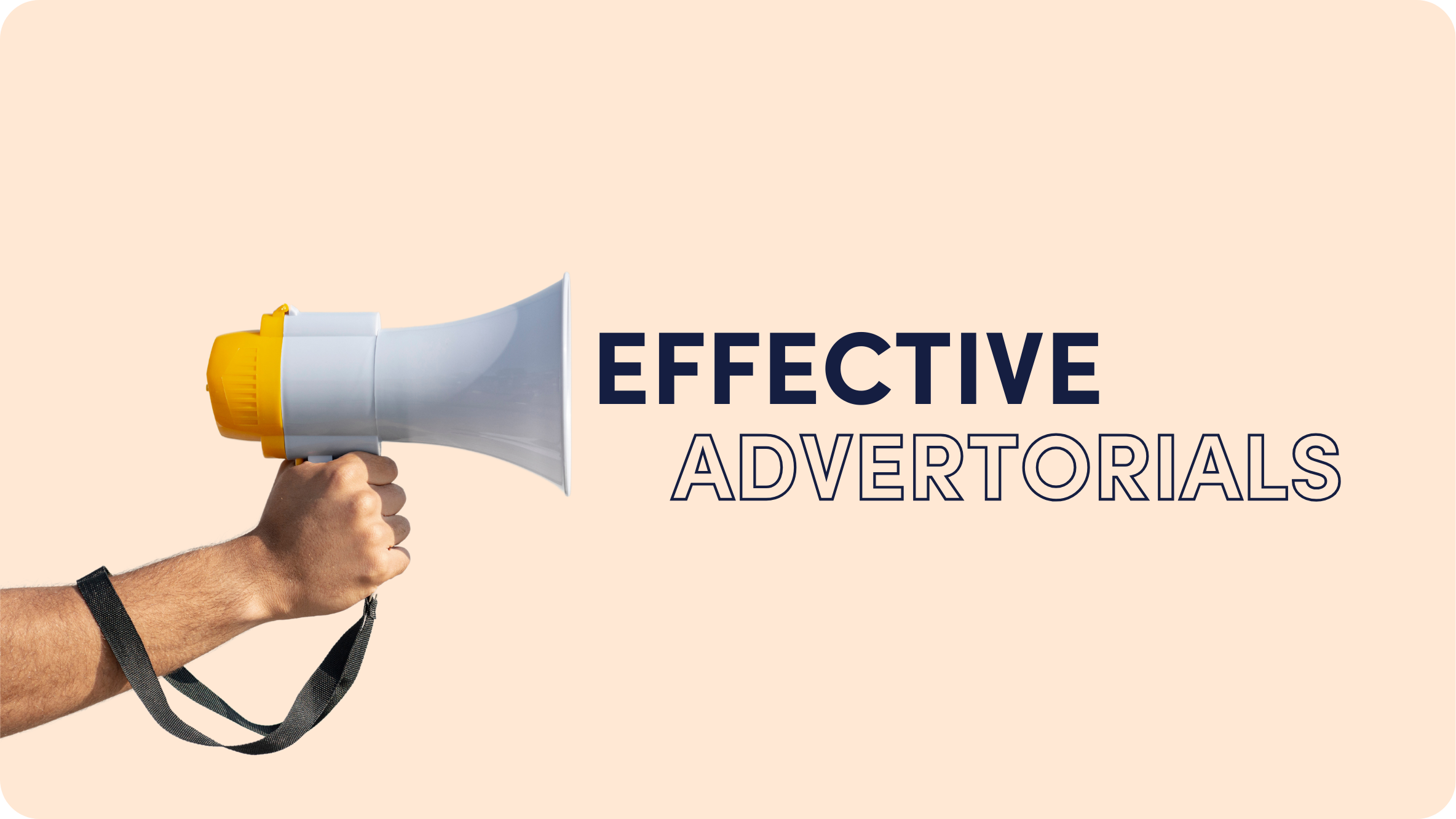5 Best Google Ads Alternatives to Drive Business Results

At the start of each year, digital marketers ask, “Where should I allocate my PPC budget to get the best ROAS (return on ad spend)?”
And while “Google Ads” may seem like the obvious answer, it pays to diversify your advertising strategy. Google Ads is a comprehensive online advertising platform created to run ads across Google’s vast network, including its search engine results pages (SERPs), websites in its Display Network, YouTube, and other Google properties. The medium operates mainly on a pay-per-click (PPC) model, meaning advertisers pay a fee every time users click on their ads.
While Google Ads has long been the most visible player, sticking just to Google is not necessarily the best idea for every business. Many alternatives offer compelling benefits, from cost efficiency and niche targeting to innovative ad formats and less competitive environments. Exploring these can uncover more opportunities for growth, engagement, and alternative ROI avenues.
In this article, we’re unpacking the 5 best Google Ads alternatives proven to drive business results. Whether you’re a small startup looking to make a big mark on your industry, a niche business seeking more targeted reach, or an enterprise aiming to diversify your advertising portfolio, these solutions offer valuable opportunities to achieve your business objectives through effective PPC marketing.
#1: Outbrain
Outbrain is a long-standing player in the digital advertising industry, providing a vast network for native advertising across thousands of premium publishers. Outbrain is well established as an excellent spending avenue for several reasons, including its partnerships with top-tier publishers, sophisticated algorithms that match content to users who’ve shown interest in similar topics, engagement-driven ad formats, cost efficiency (it operates on a cost-per-click model, so you only pay when someone clicks on your ad), and much more.
With customizable campaigns and optimization tools, not to mention comprehensive analytics that help you track the performance of your campaigns in real time, Outbrain has long been regarded as a leader in online advertising. And with the launch of Onyx by Outbrain™, it’s taken a step further towards giving advertisers more bang for their buck.
Thanks to ad saturation, audiences have become more immune to advertising. Banner blindness is a real problem, and this is exactly where Onyx shows remarkable results. How? By optimizing ads for user attention, and delivering stronger brand impact. This is a huge advantage, and not just for conversion-focused bottom-funnel campaigns. In fact, Onyx is touted as a brand awareness channel, enabling brands to reach a broader high-quality audience at the top of the funnel, when they are just getting to know the brand or product.
It works by showing your ads to potential customers where they’re most attentive. For example, with in-article ad placements that materialize as readers gradually scroll down a page at the exact second they’re most likely to want to read something new – what Outbrain titles a “high attention moment” – you’re more likely to catch people’s attention. And the ads are guaranteed to run only in settings that are safest for your brand and fraud-free.
Additionally, Onyx can deliver new Video and High-Impact Display ad formats while using AI to predict at which moments viewers will be at their highest point of attention across the whole Onyx environment. As a discerning advertiser, we know you’ll ask, “Can you prove this?” Yes, we can.
Onyx’s AI is integrated with the Attention Unit (AU) measurement by Adelaide, which uses a broad scope of media quality signals as well as eye-tracking and full-funnel outcome data to score media based on performance. When it comes to display and rich media formats, Onyx is shown to have outperformed AU benchmarks across a variety of devices by 26%, as well as scoring 53% higher than traditional banners for mobile and exceeding rich media formats on mobile by 20%.
#2: Microsoft Ads
Formerly known as Bing Ads, Microsoft Ads presents a convincing case for advertisers looking to spend their marketing budgets elsewhere than Google. One of the standout reasons for incorporating this platform into your marketing budget is its access to a unique audience: over one-third (38.46%) of the United States search market is powered by Bing, including searches through Yahoo and other partners and on various devices. That’s about 60 million users who aren’t looking for goods and services on Google (or at least, not only on Google).
Data also shows that ad viewers on the Microsoft Network in the US spend 23% more online when shopping from their desktop computers than average internet searchers – and for advertisers that means strong purchasing power. With a competitive cost-per-click rate, availability in 238 countries, and its 71/100 average customer rating in the States (Google currently has a score of 79), it’s a strong contender for your ad spend.
#3: Reddit Ads
Look, we get it – some advertisers don’t even know that Reddit Ads are a “thing.” And that’s why we had to include it on the list.
This platform offers a unique opportunity to tap into highly engaged communities across a wide range of interests and topics. Reddit boasts over 52 million daily (yes, we said DAILY!) active users and communities covering almost every niche you can think of, making it a fertile ground for advertisers looking to reach specific audiences. Reddit is also very Gen-Z-focused, with 42% of U.S. adults aged 18 to 24 using the platform.
The unique selling proposition that Reddit offers for advertisers is its targeting, which can be highly precise. Advertisers on Reddit report an average engagement rate higher than other social platforms, with users known for their active participation and willingness to engage with content that resonates with their interests. This makes it a goldmine for brands looking to build genuine connections with potential customers. This is further reinforced by the fact that Reddit was predicted to reach $520M in advertising revenues in 2023. (We couldn’t confirm it reached this figure, though.)
#4: Index Exchange
Another platform you may not be all too familiar with, Index Exchange, is a global advertising marketplace that uses advanced tech to give value to media owners and marketers in their ad spend. What makes it different from any others on this list? First, it offers omnichannel ad inventories, from display to video to connected TV (CTV), mobile, and native ads. Additionally, it offers a portfolio of addressability solutions (strategies and technologies that enable advertisers to deliver messages to specific audiences based on a range of signals and characteristics) built for privacy-centric advertising. This is particularly important given that third-party cookies are heading towards extinction.
Also, it gives users detailed analytics and allows them to use impression-level reporting and is backed by a team of experts who provide strategic and operational support to ensure campaigns are optimized for maximum ROI.
#5: Spotify
Last on our list (though it has just as many selling points as the others) is Spotify advertising. Spotify comes with many convincing reasons to give it your advertising spend, including extensive reach and personalization. The music platform has over 515 million monthly active users. With its deep understanding of their listening habits, you can create highly personalized advertising experiences, ensuring your ads are served to the most relevant audience segments. It also offers a variety of ad formats, from audio, video, and display ads to podcast ads, sponsored playlists, and immersive homepage takeovers.
Not sure how to create ads for this medium? Spotify can help with its user-friendly ad creation tool, Spotify Ad Studio. It lets you easily target your desired audience, set budgets, and schedule ads while supporting both programmatic buying and direct purchases. When it comes to cost, this is another point in the platform’s favor since it is flexible enough to meet most budgets and goals.
Are Alternative Ad Platforms Right for You?
Sticking to one ad platform might be okay if you have specific goals for a specific audience using only that platform. But for any marketer trying to broaden their reach, diversification is key to maximizing engagement.
We recommend spreading your spend around where appropriate for your audience, budget, and goals. Then, focus on tracking, monitoring, and optimizing as you go. There’s no single platform or strategy that can promise you the best business results. That’s why, as an advertiser, it’s a good idea to try Google Ads alternatives, see what works, and then put more of your ad spend “eggs” into that basket.








![Best Affiliate Networks 2024 [Updated]: Tap Into the Earning Power of Affiliate Marketing](https://www.outbrain.com/blog/wp-content/uploads/2023/07/best-affiliate-networks.png)




